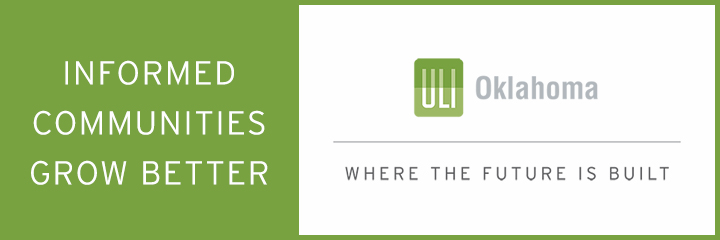
Surely we can all agree that our children’s future must be our first priority. The closest thing to a bipartisan consensus should be our shared understanding that the keys to healthier and happier lives are found in our children’s early education opportunities. The path to uniting for a better future was further explained in the 2019 Oklahoma Early Childhood Research Symposium at the University of Central Oklahoma.
The first three years of a child’s life are when the brain is most malleable, said keynote speaker and University of Maryland College Park professor of developmental and clinical psychology Brenda Jones Harden. Neurons are not only forming the connections that guide mental and physical health, they are also shedding the connections that are no longer useful. If we do not introduce brain cells to language while they are young, they will be at a disadvantage in forming the networks necessary for learning.
Researchers agree that high quality early education is crucial, Dr. Harden said, however, the quality of early education tends to be mediocre. Although national leaders in pre-k education like Oklahoma are at risk of sliding backward, there is a national trend that shows promise. Home visitations are becoming a growing part of the top children’s service systems. Although much of the best early child care interventions are expensive, including home visitations, as few as ten coaching visits can produce transformative benefits.
While expensive, the benefits of the best early child care dwarf those of any subsequent interventions. And this is an instance where spending money now could save the state money later. As Dr. Susan Sisson of the University of Oklahoma Health Science Center explained at the symposium, Oklahoma’s obesity rates contribute to a full range of costly conditions ranging from cardiac disease to diabetes. About 31 percent of Oklahoma’s pre-schoolers are overweight, and more that 14 percent of Oklahoma pre-schoolers are obese. And obesity and inactivity costs Americans $151 billion per year.
Laying the groundwork
Sadly, early childhood centers often fall far short of providing the recommended daily consumption children need, especially those who do not get enough fruits and vegetables at home. One study found that children in centers ate only 2.2 fruits and vegetables a day. Worse, centers contribute to the sedentary lifestyle which is so damaging to our children’s health. Some centers provide only 1.5 to 7 minutes an hour of moderate to vigorous activity. Dr. Sisson cited a study which found that children were sedentary for 298 minutes a day, with only 25 minutes per day minutes of moderate to vigorous activity.
More intriguing data was offered by the OU Health Center’s Alicia Salvatore. Dr. Salvatore worked with Hispanic mothers to develop a deeper qualitative understanding of the needs of their families. This is especially crucial in Oklahoma where the Hispanic growth rate is ten times that of the state population as a whole. As has been previously documented across the nation, the first generation of immigrants’ health outcomes are better than those of other Americans. The Hispanic mothers Dr. Salvatore studied often came from rural areas, where they didn’t have jobs of their own. But now the challenges of earning a paycheck while raising their children are often complicated by the stress of worrying about deportation. Around a half of the mothers she studied lack access to good health care.
We need to do more than improve the quality of education, nutrition, and physical activity at many education centers. Perhaps the most disturbing information provided at the conference was its inventory of toxic chemicals being used around children. Due to the lack of truth in advertising regulations, providers may not understand that toxic cleaning products that are advertised as “green” or “safe” can be damaging to children. This raises another conversation that experts and early educators must have.
And that brings us to a theme which was repeated throughout the conference. Scholars can’t just mandate better practices. There needs to be respectful conversations between early education experts, parents, and children’s service providers. Veteran early educators must coach parents on best practices, but that requires respectful listening. And improvements in children’s outcomes will come with increased financial investments. However, if we do both – fund high quality early education and work respectfully with providers and parents – the benefits in terms of health, education, and the quality of life will be greater than any other investment we could make.






















